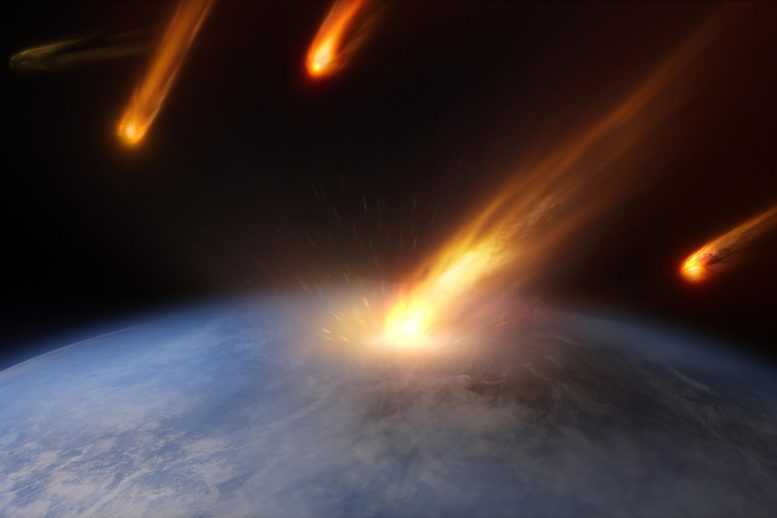
Discovery of a large impact crater beneath the North Atlantic Ocean reveals that more than one asteroid could have spelled doom for the dinosaurs.
A newly discovered impact crater below the seafloor suggests that more than one asteroid may have hit Earth during the time when dinosaurs went extinct.
Evidence of an asteroid impact crater beneath the North Atlantic Ocean has been discovered by scientists. It could force researchers to rethink how the dinosaurs reached the end of their reign.
The team believes the crater was caused by an asteroid colliding with Earth around 66 million years ago. This is around the same time that the Chicxulub asteroid hit Earth off the coast of today’s Yucatan, Mexico, and wiped out the dinosaurs.
“This would have generated a tsunami over 3,000 feet (900 meters) high, as well as an earthquake of more than magnitude 6.5.” — Veronica Bray
Spanning more than 5 miles (8 km) in diameter, the crater was discovered using seismic measurements, which allow scientists to probe what lies deep below Earth’s surface.
Veronica Bray, a research scientist in the University of Arizona Lunar and Planetary Laboratory, is a co-author of a study in Science Advances detailing the discovery. She specializes in craters found throughout the solar system.
Named after a nearby seamount, the Nadir crater is buried up to 1,300 feet (400 meters) below the seabed about 250 miles (400 km) off the coast of Guinea, West Africa. According to the research team, the asteroid that created the newly discovered Nadir crater could have formed by the breakup of a parent asteroid or by a swarm of asteroids in that time period. If confirmed, the crater will be one of less than 20 confirmed marine impact craters found on Earth.
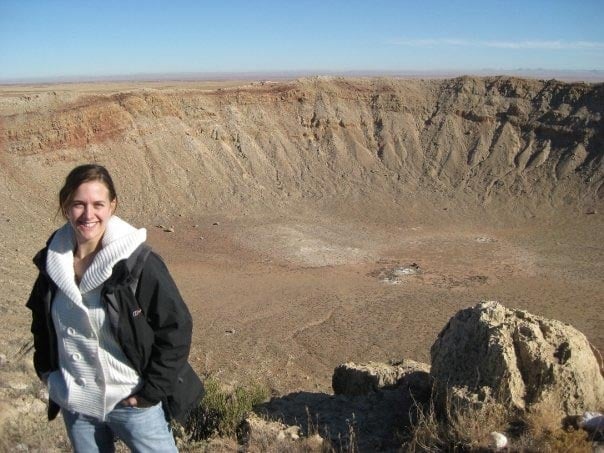
Veronica Bray, photographed here during a visit to Meteor Crater in Northern Arizona, is an expert on crater formation. Credit: Sarah Sutton/Lunar and Planetary Laboratory
What impact would the asteroid have had?
Bray used computer simulations to determine what kind of collision took place and what the effects might have been. The simulations suggest the crater was caused by the collision of a 1,300-foot-wide (400-meter-wide) asteroid in 1,600 to 2,600 feet (500 to 800 meters) of water.
“This would have generated a tsunami over 3,000 feet high, as well as an earthquake of more than magnitude 6.5,” Bray said. “Although it is a lot smaller than the global cataclysm of the Chicxulub impact, Nadir will have contributed significantly to the local devastation. And if we have found one ‘sibling’ to Chicxulub, it opens the question: Are there others?”
The estimated size of the asteroid would put it roughly on par with asteroid Bennu, the target of OSIRIS-REx, the UArizona-led NASA asteroid sample return mission. According to Bray’s calculations, the energy released from the impact that caused the Nadir crater would have been around 1,000 times greater than the tsunami caused by the massive underwater eruption of the Hunga Tonga-Hunga Ha’apai volcano in the Polynesian country of Tonga on January 15.
“These are preliminary simulations and need to be refined when we get more data,” Bray said, “but they provide important new insights into the possible ocean depths in this area at the time of impact.”
What does the crater look like?
The crater was discovered somewhat by accident by Uisdean Nicholson, a geologist at Heriot-Watt University in Edinburgh. He was examining seismic reflection data from the seabed during a research project dedicated to seafloor spreading, the geologic process that caused the African and American continents to drift apart, thereby opening the Atlantic Ocean.
“I’ve interpreted lots of seismic data in my time, but had never seen anything like this. Instead of the flat sedimentary sequences I was expecting on the plateau, I found an 8.5-kilometer depression under the seabed, with very unusual characteristics,” Nicholson said. “It has particular features that point to a meteor impact crater. It has a raised rim and a very prominent central uplift, which is consistent for large impact craters.
“It also has what looks like ejecta outside the crater, with very chaotic sedimentary deposits extending for tens of kilometers outside of the crater,” he added. “The characteristics are just not consistent with other crater-forming processes like salt withdrawal or the collapse of a volcano.”
The asteroid crashed around same time as the dinosaur killer
“The Nadir Crater is an incredibly exciting discovery of a second impact close in time to the Cretaceous–Paleogene extinction,” said study co-author Sean Gulick, an impact expert at the University of Texas at Austin. “While much smaller than the extinction causing Chicxulub impactor, its very existence requires us to investigate the possibility of an impact cluster in the latest Cretaceous.”
According to the seismic data, the sediments impacted by the asteroid likely correspond with the Cretaceous-Paleogene boundary – a sedimentary layer demarcating the end of the Cretaceous period and the last known occurrence of dinosaurs. However, there is some uncertainty about the precise time of impact, limited by the resolution of the data.
“Despite 4 billion years of impactors hitting Earth, only 200 have been discovered,” Gulick said. “It is thus exciting news whenever a new potential impact is discovered, especially in the hard-to-explore marine environment.”
Nicholson has already applied for funding to drill into the seabed to confirm that it’s an asteroid impact crater and test its precise age.
Reference: “The Nadir Crater offshore West Africa: A candidate Cretaceous-Paleogene impact structure” by Uisdean Nicholson, Veronica J. Bray, Sean P. S. Gulick and Benedict Aduomahor, 17 August 2022, Science Advances.
DOI: 10.1126/sciadv.abn3096

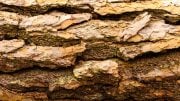
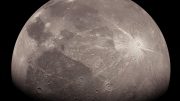

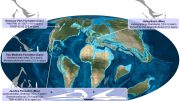


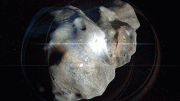
To a dummy like me, the north Atlantic Ocean is off of say Greenland. I would say the statement is true but barely. It is kinds close to the equator. Just my one cents worth.
Hmmm… ANOTHER massive Asteroid!!.. you say…that was contemporaneous with the Chicxulub Impact Event!!.. you say… a CO-CONSPIRATOR in the task of Knocking Off the Dinosaurs!!!
… that hung around for 10 million years before they “died-off”. [Must have been in SHOCK]. TIME enough for Velociraptor to evolve… and die off… continents to drift and collide… Ice to “casually” come and go (at its own pace)… Before a MOLE-sized mammal-like creature crawled out from beneath the RUBBLE to EVOLVE… And here YOU have it! Humanity at-LARGE! The monkey-like, “Crown of Creation!! Currently Devolving to self-imposed, mole-like BLINDNESS in the name of ORTHODOXY.
You’ve come a LONG WAY, BABY! 👶… To BOLDLY go where No Monkey-like Creature has gone BEFORE! Nowhere… but making good time.
LOL I know what let’s DO! Let’s make a Movie! Maybe a TV series… Like “The Expanse”… and feed the DREAM and the MYTH in one fell SWOOP of “Artistic License”!!!
Science Fantasy… Stimulating to the Reptilian Medular Core…
📺🦖
BTW that crater… The ROOSKIS discovered it in the 1970s (I believe). Their Tractor-drive Submarine Spy Vehicles had to Vector around it on their “Surveying Missions” to the North Atlantic Coastline of North America… ALLEGEDLY.
🖖
LIVE LONG AND PROSPER! But open your EYES-on the First Codicil. Although your continued skewed vision might guarantee the Second.
SHERMAN! Fire-up the WAY-BACK MACHINE. I need a break from all this Intelligence Hooptie. Next Stop: The Devonian!!
Alexiev, I’m loving yer comment.
The news aggregator headline reads “Massive Crater”. Whoever is responsible for that oxymoron should not be.
Alexiev, I’m loving yer comment.
Hmmmm.
“beneath the North Atlantic” to me says in the North Atlantic Ocean, NOT in Greenland! Maybe beneath the Greenland ice cap. But did they think so many people would not know where Greenland was that they had to explain by saying North Atlantic? If you want respect in the scientific community, don’t give the article’s title such a sophomorhic attitude.
Sorry, above comment my bad. Read another article about an impact crater beneath the Greenland ice cap, and confused this title with that article. But while I’m here, it would have been nice if this article had a map like that one.
Does your editor even KNOW her geography?
… what is this turning into!